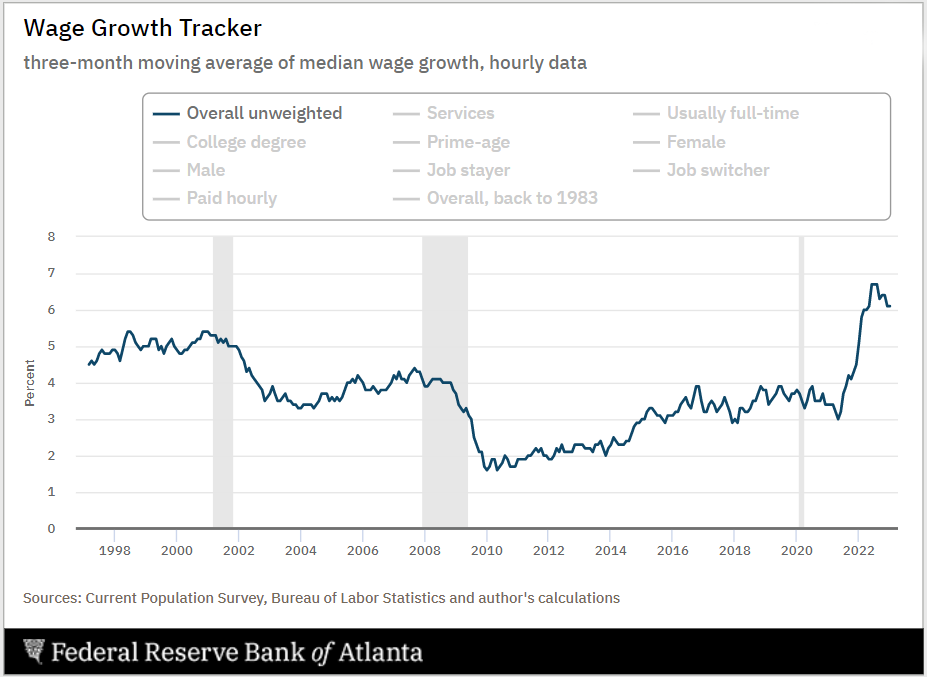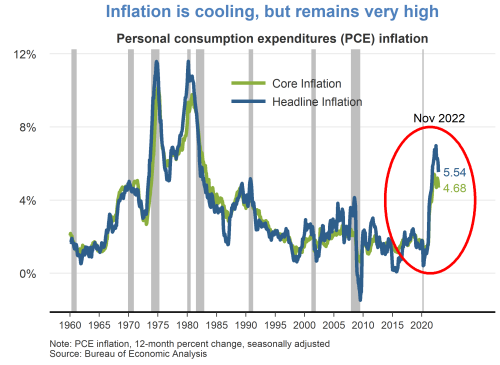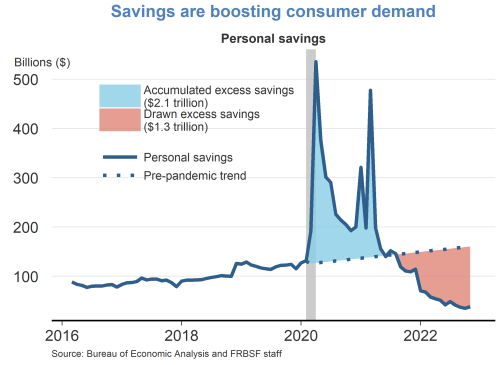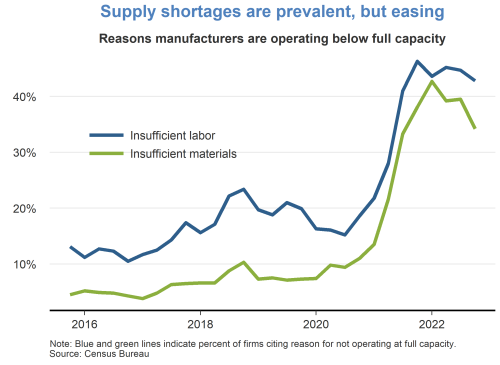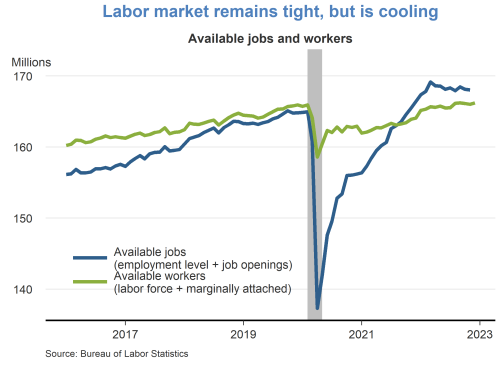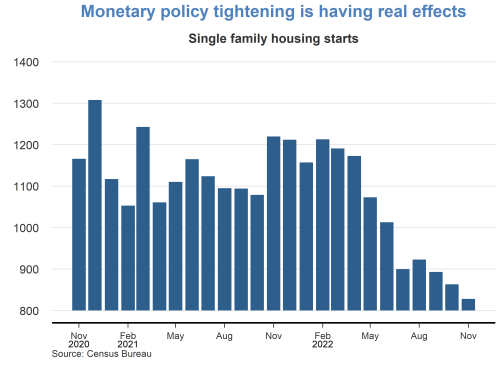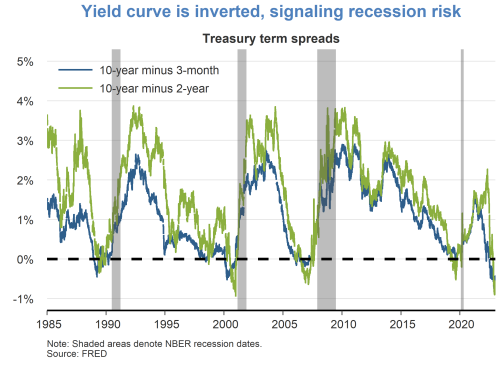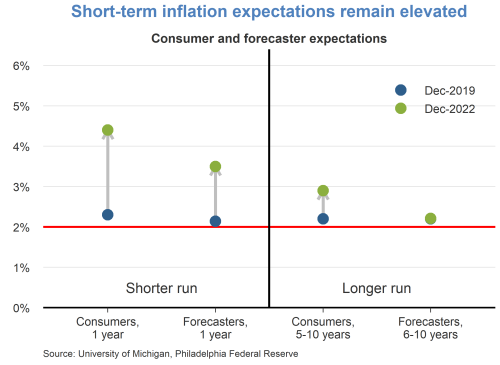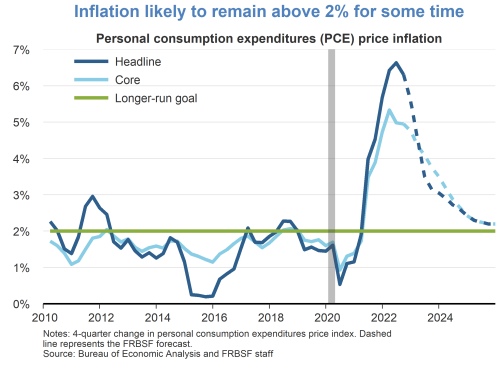Edith Wharton began writing The Age of Innocence in 1917 as a way of recalling and criticizing the world of her youth, which had not yet experienced the devastation of World War I (1914–18). Beginning in July 1920, the novel was published in serial form in New York’s monthly Pictorial Review.
The centrality of finance and technical change can be seen. We are reminded of the very first line in The Magnifcent Ambersons of Booth Tarkington, which tells the reader that the basis of the magnificence of the Ambersons was established when they somehow benefited from the 1873 financial crisis which destroyed many others. (Whether the Ambersons were shrewd or lucky or wily is not clarified.)
The Age of Innocence is set in New York in the 1870s and the financial storm and “techno-storm” become vital:
The Panic of 1873:
In The Age of Innocence, the investment bank run by Julius Beaufort collapses, bringing shame upon him and his wife and throwing New York into a tizzy. Beaufort’s business failure is a fictionalized version of the Panic of 1873, industrial capitalism’s first worldwide depression. Then, the United States backed its currency with both silver and gold, but when Germany and several other countries stopped using silver to back their currency, the price of silver fell precipitously, devaluing U.S. currency. The U.S. Treasury made matters worse by releasing large amounts of paper money into the economy. Speculators and bankers now had to immediately pay off their debts with gold.
In 1873, a prominent investment banker by the name of Jay Cooke went bankrupt, the effects rippled throughout the entire U.S. economy, and panic ensued. Trading was suspended for two weeks on the New York Stock Exchange as company after company failed, wages dropped precipitously, and unemployment spiked. The rise of the labor movement can be traced to the widespread unrest and economic instability set off by the panic. Additionally, the panic allowed a few of the wealthiest businessmen—such as Andrew Carnegie, John Rockefeller, and Cyrus McCormick, who retained access to valuable capital—to vastly increase their wealth and snuff out competitors.
Technological Advancements
Characters in The Age of Innocence are aware their world is about to be forever changed by the culture of outsiders, brought to them in part by advancements in technology. Although inventions like the telephone were on the horizon, they seemed improbably fantastic to people living in the early 1870s world of telegrams and horse-drawn carriages. However, in the final chapter, Wharton depicts Newland Archer living in a world that has been significantly altered by these technologies, a mere quarter century later.
In 1876, for example, American inventor Alexander Graham Bell (1847-1922) patented an early telephone and wowed audiences by demonstrating the world’s first telephone call by placing a call from one telegraph station to another five miles away. The Western Union company refused to buy Bell’s telephone patent, claiming his invention would amount to no more than a novelty. However, the first telephone line was built in 1877-78, and after that, telephone usage skyrocketed. At the start of the 1880s, there were almost 50,000 telephones in use, a number that swelled to over half a million by the turn of the century.
A similar large-scale change was the invention and development of electricity. Although the first electric light was developed in 1835, it was not until 1879 that American inventor Thomas Edison (1847-1931) developed and patented a light bulb with a life span of 15 hours. Edison’s work also focused on the problems of electrical generation and conductivity.
At the same time that communication was becoming easier and the day was lengthened artificially through electric lighting, the distance between continents was shortened by advances in turbine steam engines.
In the 1860s, it took between eight and nine days to cross the Atlantic Ocean; by 1907, the Mauretania (the ship that Dallas and Newland Archer take to Europe in the last chapter) makes the voyage in half that time. This was a contributing factor to the great influx of European immigrants who arrived in the United States during the late 19th and early 20th centuries.
In Chapter 29, Newland contemplates the “brotherhood of visionaries,” who predict a train tunnel under the Hudson River as well as “ships that would cross the Atlantic in five days … and other Arabian Night marvels.” In 1904, excavation for train tunnels under the Hudson began, directed by Alexander Cassatt, president of the Pennsylvania Railroad. In 1910, New York’s Penn Station opened and began receiving traffic from electric trains that traveled through the tunnels.
Notice that the novel The Magnificent Ambersons is from 1918, Edith Wharton’s Age of Innocence from 1920. In each, the personal storms of private emotion are somewhat carried along and swept up into the storms coming from national and even global finance (1873 caused a tremendous crash in Germany and Austria called the “Grunderkrach” [founder’s crash]) as well as techno-waves that are very baffling to the people of the time.
